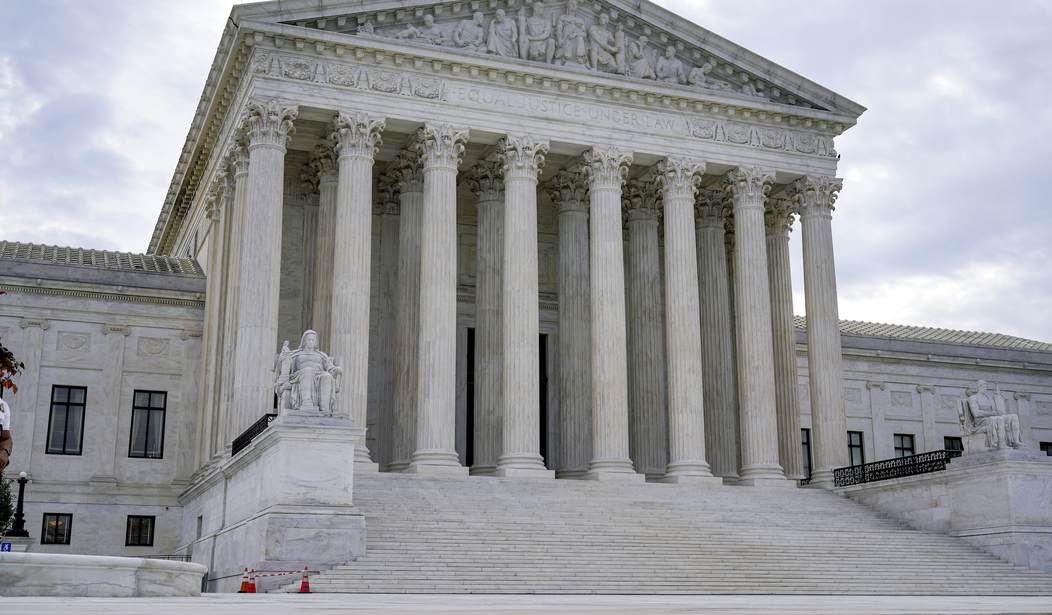Last October, Joe Biden said he would appoint a bipartisan commission on reforming the federal courts, including the Supreme Court. The move was in response to the far left’s calls to “reform” the Supreme Court by adding more liberal justices to the bench, thus giving the left a majority.
But Biden nixed that idea, having opposed the concept of “court-packing” while he was a Senator and as a presidential candidate. Instead, he issued an executive order in April of this year whose purpose was “an analysis of the principal arguments in the contemporary public debate for and against Supreme Court reform.”
The Commission published a draft report in October and voted on the final report on Tuesday. It will be sent to Biden as an “advisory” document — nothing binding, nothing ordered.
Related: Left Irate After Biden’s Supreme Court Commission Submits First Draft
In creating the Commission, Biden ordered that no problem be examined or solutions offered. Instead, he needed political cover for whatever changes — if any — the president and the Democrats want to make. In fact, the Commission issued no recommendations at all.
If the left was hoping for a ringing endorsement of court-packing, they didn’t get it.
As in a draft report made public in October, the 36-member panel warned that moving too quickly to change the makeup or structure of the high court could undermine judicial independence and set a bad example for nations around the world.
“[I]n recent years, we have seen democratic governments ‘regress’ or ‘backslide’ with respect to judicial independence,” the final report read. “This has come about through electoral majorities using their power to restructure previously independent institutions, including courts, to favor the political agendas of those governments.”
As we all know, it’s perfectly acceptable for a left-wing majority on the high court to “restructure previously independent institutions” to align it with their political agenda, but God forbid that a conservative majority try the same thing. This is what makes any calls for “reform” of the Supreme Court ring hollow.
The commission appeared more receptive to the idea of term limits than to adding justices to the Supreme Court, suggesting in the draft report that fixed terms “would advance our Constitution’s commitments to checks and balances and popular sovereignty” as well as “enhance the Court’s legitimacy in the eyes of the public” — though the draft added that they would not be “a panacea for polarization.”
The final report expanded on the issue, devoting a section to exploring the potential avenues to set term limits, discussing the possibility of justices retiring and also of allowing them a significant term before returning to a lower court.
As with court packing, the commission did not take a formal position on term limits, but “rather seeks to define and inform the debate over these questions.”
As long as the term limits set were reasonable — say 10 or 15 years — there would be widespread support for them.
Other reforms include the prospect of allowing cameras and/or audio to record the proceedings — something that became a necessity during the pandemic but now may become permanent.
And the Commission offered little on whether the changes should be in a Constitutional amendment or if a legislative solution would be used. There is sparse guidance in the Constitution about the make-up of the Supreme Court, so it would seem that legislative changes would be the proper road to take for reform.
Some White House observers believe that if Biden were going to make any changes to the Supreme Court, he would wait for his State of the Union speech in January. So we’ll probably have to wait at least until after Christmas before the president lets us in on what kind of “reform” he wants to see in the federal courts.










Join the conversation as a VIP Member